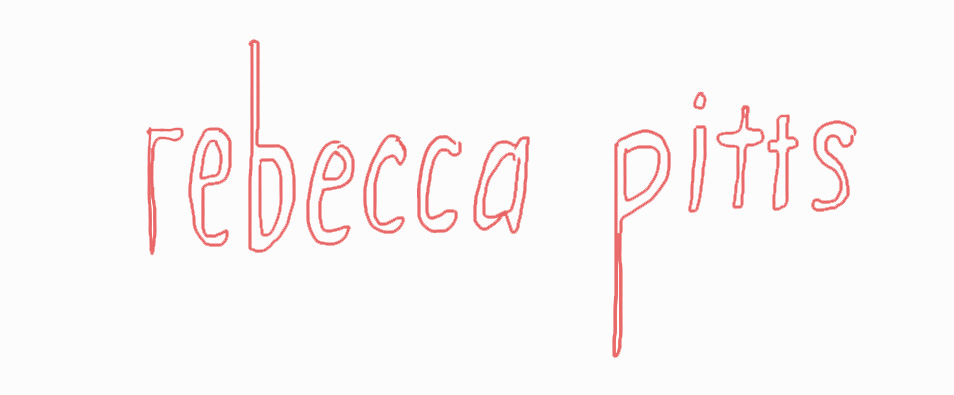A few zines from my personal zines library. Shown here: a pandemic art zine, STAYING HOME by Rebecca Pitts; a zines tutorial, IT’S A METAZINE! by Rebecca Pitts; a handful of zines by Peachy Keen Press; and OPTIC NERVE by Adrian Tomine
So, maybe you’re not entirely sure what a zine is. Or maybe you collect vintage Riot Grrrl and have always wondered about how to engage the kiddos in the indie analog media of your youth. Making zines with young people is a super-sneaky way to get them writing, making things with friends, and engaged in an evolving body of work that is never too precious. I mean, it’s a zine.
So, what’s a zine exactly?
A zine is like a magazine. (Get it?) But, it’s not actually a magazine. It’s a handmade publication or pamphlet or mini-book that you make yourself, usually at home, using materials you have on hand. It’s cheaply made, produced, and printed. It has a certain quality to it that’s at once unpolished and earnest.
There’s a rich and long history of zines and zine culture, and if you expand the definition just a wee bit you might find some of the most interesting, counter-culture revolutionaries making homespun manifestos in DIY pamphlets and small-batch printing the words + pictures that no corporation would print.
Today, zines are about almost anything. There’s the memoir navel-gazing zine, the how-to zine, the fan-fiction zine. Mini-comics fit the zine format nicely, as do step-by-step tutorials on any niche topic from skateboarding to baking pop-overs to identifying mushroom varietals in the northeast woodlands. If you know about it, you can zine about it.
What You’ll Need: A Materials List
We use this tutorial. Start with a single piece of 8.5 x 11” piece of copy paper. You’ll need some other materials and supplies, too, but really there is nothing fancy required. I like to have on hand:
Paper (8.5 x 11” copy paper is great)
Pencils
Pens (am picky about pens. Get some good pens with different point thicknesses.)
Scissors
Glue sticks (don’t use gloppy glue on copy paper)
Old magazines, collage papers, newspapers
A printer is nice to have especially if you’re going with a classic zine design of printing text from a word-processing program. However here’s where I might stop children from using a computer to either research a topic or print text — they can can get bogged down and lose out on crafting / creating time.
The Idea Part
This is the easy part or the most difficult part, depending! Young people are experts. They know about things. They can impart what they know to other children or teens (who might know slightly less than them) by creating a how-to zine. They also have taste, interests, and consume culture like books, movies, and video games. Fanzines are fun to make and a great starting place. All-about-me zines are always a hit and can be a great spring-board for going deeper on a specific memory from the past. It’s important that they have permission to make what they want.
Time + Space
Young people — actually, all people— need the time and space to make art. Make it special — call a special workshop or club together and make it a real event. Use picture books, reference books, and art books as inspiration. Give them your attention. Make a zine alongside them. Comment on their work. You might be surprised that they will say things like “can I stay longer” or “can we do this tomorrow, too?”
Share your zine
Here’s where things can get fun. Hit the local copy machine. We used to call this a xerox machine — now a home office usually comes with a decent scanner. (Thanks Mom!) Tuck a few copies into a library book, drop a stash at the local newsstand, make an Etsy shop or a lemon-zine stand. Whatever your writer / artist does, encourage them to print their work and share it with friends. There’s magic in distribution that will spark the next zine. And the one after that.




